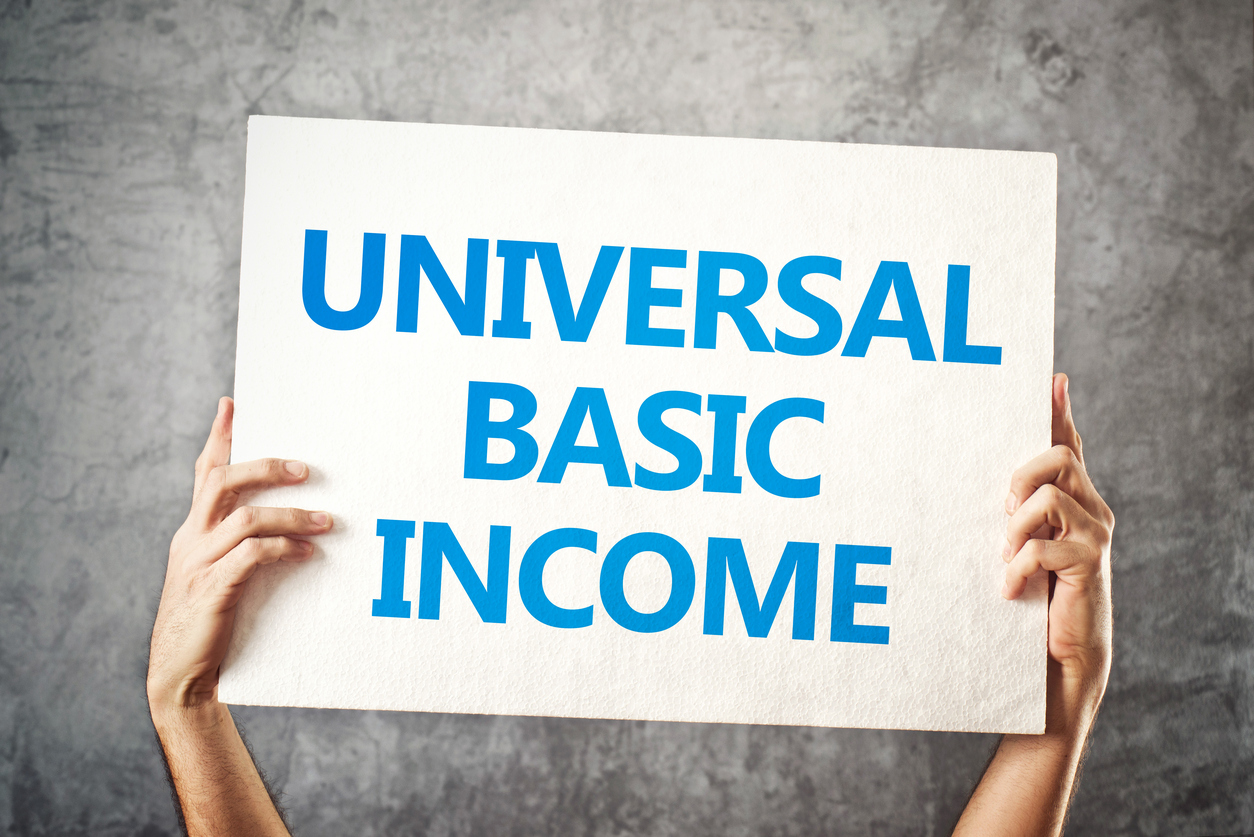What is Universal basic income?
As more and more workers are being displaced by technology and automation, business leaders, politicians and academics are exploring the merits of universal basic income.
Automation is here, and it’s here to stay.
It’s really been a process in progress going back to the first industrial revolution during the 18th century. It’s exponentially increased productivity, while reducing human requirement for repetitive tasks. That said, it also negates the need for many jobs that support thousands (if not millions) of Canadians. Jobs that help people feed their family, pay for housing, and one day, retire.
So, when those entry level or task-based jobs and careers are automated out of the workforce, what happens? How will those individuals and families buy groceries, homes, or raise children? To some, the answer lies in a Universal Basic Income (UBI).
The idea of a UBI, or a government-guaranteed income, isn’t a new concept, and actually traces back to humanist philosophers in the 16th century. In principal, UBI is a social insurance system where a government provides its residents or citizens with a monthly stipend or income, free of any obligation on the recipient. As automation quickly becomes a reality for many, UBI is a potential solution to diminishing wages or employment, and a way to avoid widening the wealth gap.
At face value, it’s understandable. Providing low-income individuals with extra money each month to help make ends meet, break the cycle of poverty, and create a cushion for any unexpected economic surprises is good for everybody.
While a guaranteed income is a great solution on paper, it can be a complex program with a lot of elements to consider, and does have potentially negative implications as well. Will it actually narrow the wealth gap? Will people be demotivated to work? Should the stipend be given only to low-income individuals or to everyone? Should there be stipulations on how the money is used? How much should be given?
Today, Ontario is piloting guaranteed income programs in three communities across the province. The pilot provides up to $17,000 a year for individuals, couples receive up to $24,000 a year, and those with disabilities will be given an additional $500 per month. Half of any money recipients earn on top of their UBI is subtracted from the monthly payment. For example, if an individual receives $1,417 per month from UBI, then earns $1,500/month at work, $750 would be subtracted from their UBI payments, giving them a total monthly income of $2,167.
In its truest form, UBI is a guaranteed income for everybody, not just those dealing with income insecurity or job loss.
Advocates of UBI say it would empower those working unpaid roles, such as stay at home parents and people taking care of ill or aging family members. They also believe it would make post-secondary education more affordable, creating the opportunity to attain jobs that require higher training and in turn, pay higher salaries.
Detractors of basic income argue that receiving a guaranteed pay cheque every month removes the incentive to work. In addition, there are questions about how to build out a financially feasible funding model for the program.
Introducing UBI across Canada would cost an estimated $30 billion per year. However, if UBI could replace existing welfare and disability support programs, its effective price tag would be just half of that, at $15 billion. While it’s still a very large amount of money, according to a study published by the Northern Policy Institute in May of 2017, that’s only 5% of the current federal government’s expenses, and is less than what the Canadian government spends on seniors’ benefits.
Global business leaders including Bill Gates, Mark Zuckerberg, Elon Musk and Richard Branson are also talking about the elimination of jobs and the need for solutions, UBI being one of them. Many of these innovators also express the responsibilities of companies, including theirs, to contribute to funding these programs.
Being a social issue, UBI is sure to cause debates for months and years to come, but with precarious work situations and automation becoming more of a reality for Canadians of all generations, it’s something that has the potential to help bridge the wealth gap, pull some people out from below the poverty line, and open education and career opportunities for those who otherwise wouldn’t have them.
Read more of our blog posts or learn about IFSE Institute

